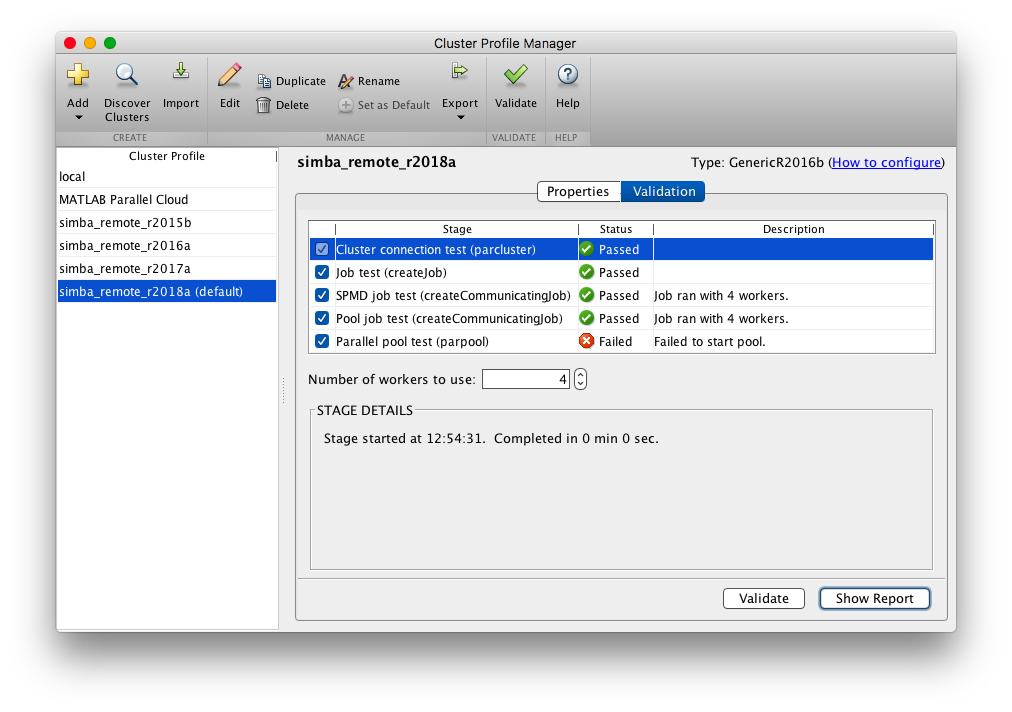
This release can also be installed using a single installation file (.mltbx-file).įind here older versions of TopoToolbox.
#Matlab 2014a license file free download code
git-folders from the path, run rmpath(genpath('C:\path\to\wherever\you\installed\this\TopoToolbox-2\.git')) Enter following code into the command line: addpath(genpath('C:\path\to\wherever\you\installed\this\TopoToolbox-2')) Getting startedīefore working with TopoToolbox the directories and functions must be on the search path of Matlab. Type doc in the command line to open the main documentation page. You’ll find the TopoToolbox documentation in the section Supplemental Software. In addition, TopoToolbox functions have extensive help The documentation contains several user’s guides that will help you getting started.

Orchids, poppies, roses, sunflowers, tulipsĪpples, mushrooms, oranges, pears, sweet peppersĬlock, computer keyboard, lamp, telephone, televisionīee, beetle, butterfly, caterpillar, cockroachĬamel, cattle, chimpanzee, elephant, kangarooĬrocodile, dinosaur, lizard, snake, turtleīicycle, bus, motorcycle, pickup truck, train Here is the list of classes in the CIFAR-100: SuperclassĪquarium fish, flatfish, ray, shark, trout

Each image comes with a "fine" label (the class to which it belongs) and a "coarse" label (the superclass to which it belongs). The 100 classes in the CIFAR-100 are grouped into 20 superclasses. There are 500 training images and 100 testing images per class. This dataset is just like the CIFAR-10, except it has 100 classes containing 600 images each. The class name on row i corresponds to numeric label i.

It is merely a list of the 10 class names, one per row.

This is an ASCII file that maps numeric labels in the range 0-9 to meaningful class names. Therefore each file should be exactly 30730000 bytes long. The values are stored in row-major order, so the first 32 bytes are the red channel values of the first row of the image.Įach file contains 10000 such 3073-byte "rows" of images, although there is nothing delimiting the rows. The first 1024 bytes are the red channel values, the next 1024 the green, and the final 1024 the blue. The next 3072 bytes are the values of the pixels of the image. In other words, the first byte is the label of the first image, which is a number in the range 0-9.


 0 kommentar(er)
0 kommentar(er)
